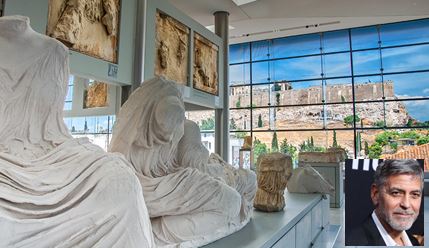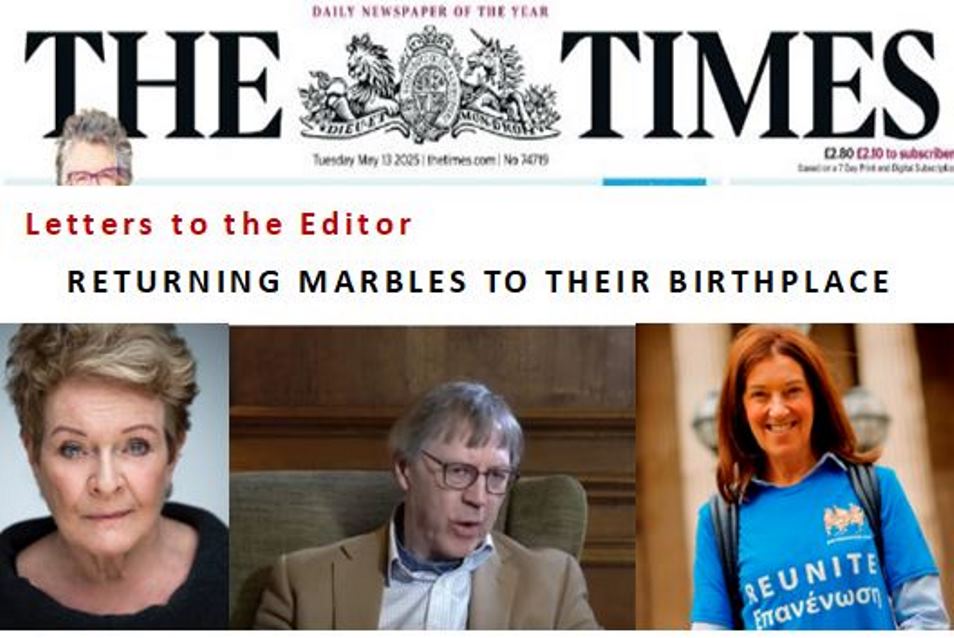The new Acropolis Museum may prove to be the most lavishly appointed white elephant in history. Nothing will change the view of the British Government that the intended centrepiece, the magnificently sculpted Elgin Marbles, must remain permanently in the British Museum.
Not that the museum will be empty. There will be 4,000 exhibits including the remaining Parthenon sculptures. But the crown jewels, the 247ft of the original 524ft frieze, 15 of 92 metopes and 17 figures from the pediments, all dating to the 5th century BC, will remain 1,500 miles away in London.
Britain has long argued that when the Earl of Elgin took the Marbles between 1801 and 1805, he was acting legally and that, had he not done so, they would have suffered further deterioration. The Parthenon was already a ruin. Also, fearing their destruction in the conflict between the Greeks and the Turks, Elgin got permission from the Turks, whose empire then ruled Greece, to remove the antiquities.
But the British Museum's ownership of the sculptures has been called into question by a challenge to the validity of a crucial 19th-century legal document. A specialist in Ottoman law says that without the signature and seal of the Sultan as supreme head of the Ottoman Empire, Lord Elgin had no legal right to remove the ancient sculptures from the Acropolis.
Professor Vassilis Dimitriadis, of the University of Crete, says that the document of 1801 — an Italian translation of an Ottoman firman or licence which the British Museum acquired two years ago as the only legal evidence of ownership — is invalidated by vital missing elements. More here.
The British Museum argues that the translated document is from a lost original firman in which the Sultan's acting grand vizier was authorised to permit Elgin to acquire the sculptures.
Professor Dimitriadis claims that the original was not a firman because only the Sultan could issue one by Ottoman law, that it lacks the Sultan's emblem (a tougras), and an invocation to God (da'vet tahmid).
More on this topic also here. (18 July 2000)





Comments powered by CComment